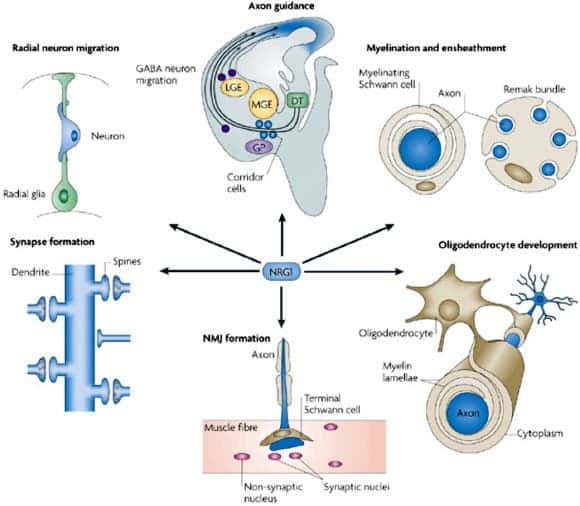A group of international researchers may have reached a breakthrough moment after they successfully eliminated schizophrenia symptoms in mice after they targeted a specific gene and manipulated its expression. Their findings offer hope that similar results might be possible for humans as well.
Despite schizophrenia being well documented for many years now and it being a somewhat prevailing mental disorder, schizophrenia continues to confound both health professionals and the public. The hallucinations, peculiar ideas and extremely odd behavior people suffering from schizophrenia exhibit never cease to baffle those of us like to consider themselves normal. In the middle ages, people suffering from the disease were though to be possessed by demons and because of this they were quickly marginalized, tortured, exiled or worse…
Currently, schizophrenia isn’t curable and those suffering from it are forced to live with it for the rest of their days. Treatment exists, of course, which battles one or multiple symptoms. However, while medication helps control the psychosis associated with schizophrenia (e.g., the delusions and hallucinations), it cannot help the person find a job, learn to be effective in social relationships, increase the individual’s coping skills, and help them learn to communicate and work well with others. This is one nasty mental disorder, make no mistake, and scientists have been trying to find means of effectively combating it for many years.

One of the most recent such attempts shines with promise that schizophrenia might be dramatically alleviated, after a team of international researchers reversed schizophrenia-like symptoms in adult mice by restoring normal expression to a gene called Neuregulin-1 (NRG1 for short). The protein is important for brain development, however previous studies have shown that there seem to be a direct correlation between high levels of NRG1 and schizophrenia.
One might ask how does one diagnose a mouse with schizophrenia? Does it think it’s a cat or a dog? Does it start barking? Well, jokes aside, after the scientists bio-engineered mice which expressed higher levels of NRG1, the mice exhibited uncanny schizophrenia characteristics: hyperactivity, poor short-term and long-term memory, poor ability to ignore distracting background or white noise. When they returned NRG1 levels to normal in adult mice, the schizophrenia-like symptoms went away.
Like patients with schizophrenia, adult mice biogenetically-engineered to have higher NRG1 levels showed reduced activity of the brain messenger chemicals glutamate and γ-aminobutyric acid (GABA). The mice also showed behaviors related to aspects of the human illness. To genetically alter the mice, the scientists put a copy of the NRG1 gene into mouse DNA then, to make sure they could control the levels, they put in front of the DNA a binding protein for doxycycline, a stable analogue for the antibiotic tetracycline, which is infamous for staining the teeth of fetuses and babies. The mice are born expressing high levels of NRG1 and giving the antibiotic restores normal levels.
With this in mind, it might be possible for schizophrenia symptoms in humans to be alleviated as well by reducing the expression of the NRG1 gene. Findings were reported in the journal Neuron [source].






